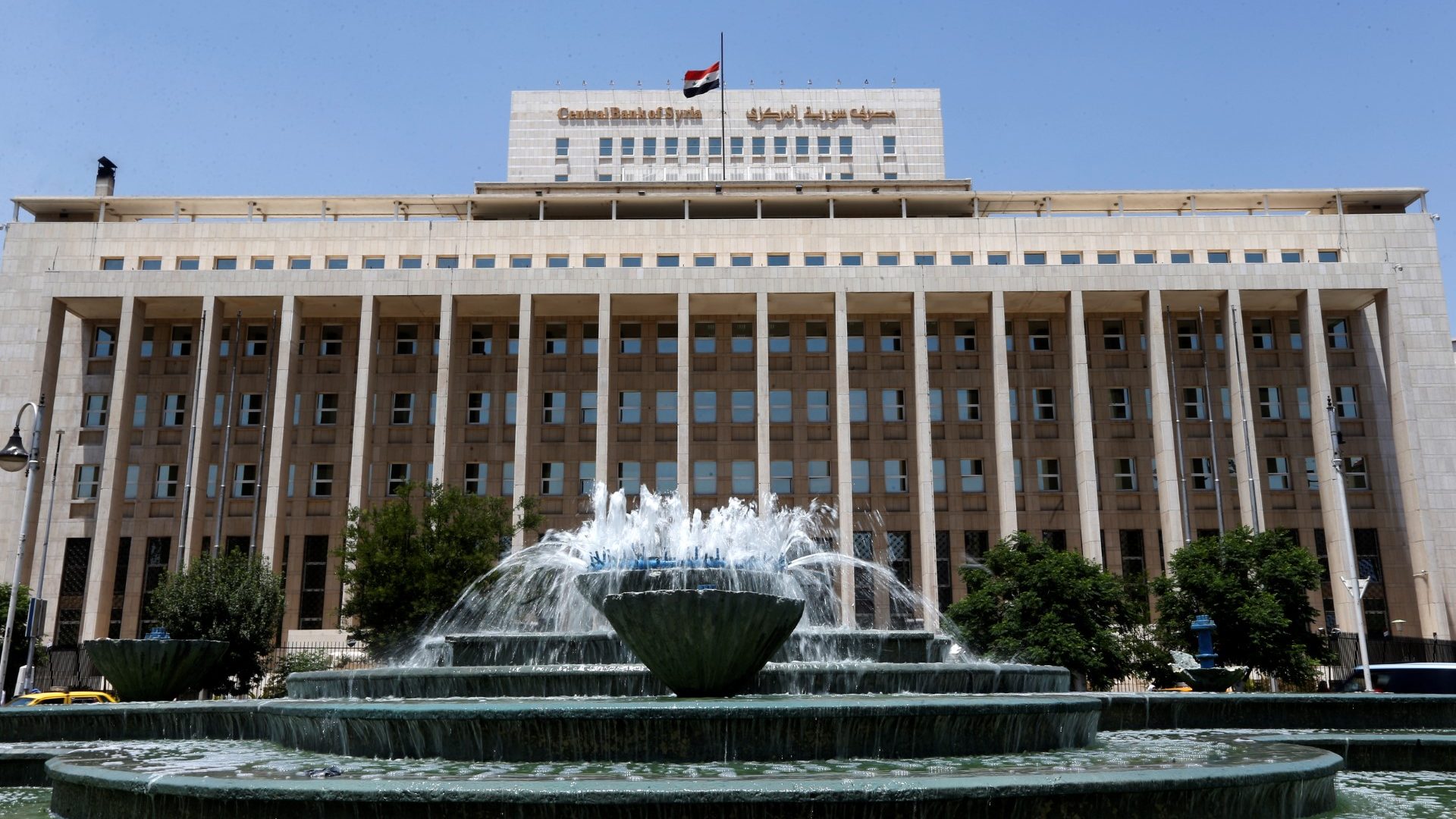The Syrian Monetary and Credit Council raised the interest rates on bank deposits in Syrian pounds with the aim of absorbing more liquidity in the markets, to reduce inflationary pressures, according to a statement issued by the Central Bank of Syria on Wednesday.
According to the decision, the interest rates paid by banks operating in Syria on deposits, credit current accounts, and investment certificate accounts in Syrian pounds are determined annually as follows:
0% on credit current accounts and demand deposits.
11% for a one-month deposit.
11% on investment certificates.
The interest rate (11%) is the minimum deposit rate for the rest of the terms, the Central Bank said.
The Central Bank justified the decision to increase the interest rate on deposits in Syrian pounds aimed at attracting savings and directing facilities towards productive activities that support development.
Read Also: Central Bank Raises the USD exchange rate to SYP 2814
The Central Bank said that it found a concentration of deposits in current accounts, which prompted banks to focus on short-term credit facilities to cover their potential withdrawals.
This causes an increase in the risks of using these facilities for speculative operations, and an increase in the speed of cash circulation, which generates more inflationary pressures and affects the stability of the exchange rate, in addition to the inappropriateness of the interest rates paid by banks on deposits in Syrian pounds to the economic reality.
It was necessary to set a realistic interest rate that reflects the conditions of the Syrian economy and helps restructure the liquidity of the banks, by encouraging savings and directing the employment of credit facilities towards feasible investments that support increased employment and production.
The Central Bank stated that the interest rate was set to reflect the output and inflation gaps, so an annual interest rate of 11% was calculated on one-month deposits.
It is considered a minimum for the rest of the terms, as the liberalization of interest rates on credit facilities has been kept, leaving them to be determined by the banks based on the cost of the deposit, in order to reduce the severity of loan trading and use for speculative purposes.
This article was edited by The Syrian Observer. The Syrian Observer has not verified the content of this story. Responsibility for the information and views set out in this article lies entirely with the author.


